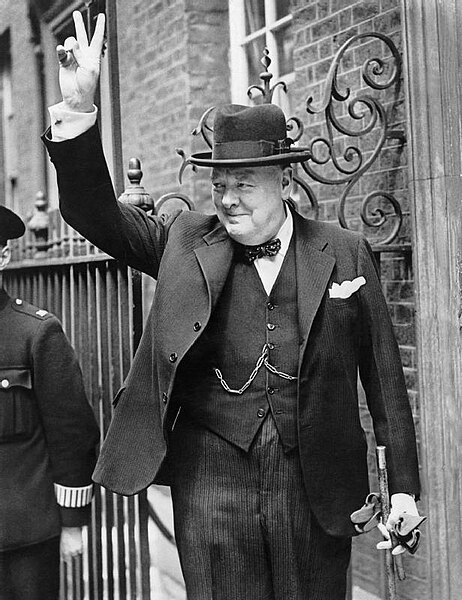 Doug Speirs wrote an article for the Winnipeg Free Press on January 10th which offered up a big photo of local artist, Jordan Van Sewell and
his art installation set on the Red River. It’s of horse heads peeking out of
the snowy river and immediately reminded me of something I read last winter.
Doug Speirs wrote an article for the Winnipeg Free Press on January 10th which offered up a big photo of local artist, Jordan Van Sewell and
his art installation set on the Red River. It’s of horse heads peeking out of
the snowy river and immediately reminded me of something I read last winter.
It
was in a book I'd picked up at a local mall during a secondhand book fundraiser. The
book, Pferd und Reiter im II. Weltkrieg, by Janusz Piekalkiewicz, was published in 1976. I'd been interested in learning about the East Prussian breed,
Trakehner, and this book had many photographs. Sad photos.
It was not good to be a horse
during the Second World War. Their deaths were often gruesome. If they weren't worked to death, then they froze, starved,
were shot, burned, got stuck in mud and swamps, or drowned.
One Italian memorist, Curzio Malaparte, shared an
especially horrendous story in his book, Kaputt,
which has not proven. It supposedly happened
on Lake Ladoga (see arrow on map) during the Siege of Leningrad. An ice road had been built and
maintained by the Finns. This 28 kilometer winter road became known as the “Road of Life,” and helped save many lives in the besieged city.
According to Malaparte, back in the winter of 1941/2, a thousand horses,
trying to escape a forest fire, ran into open water which flash froze and in a matter of hours, froze to death. .
. only their heads visible. The science
behind flash freezing is discussed here.
Guy Madden, in his film, My Winnipeg, has a clip of frozen horse heads, and a Swedish artist, Andre Prah, has been remembering that Ladoga tragedy by recreating the
frozen horses using driftwood from the Baltic. Here's a you tube clip of his art. Or visit his Facebook
page here. Amazing.
I'm not sure I want to see the local horse heads on the Red River. Seems too gruesome. Or maybe I've just read too much war horror.




